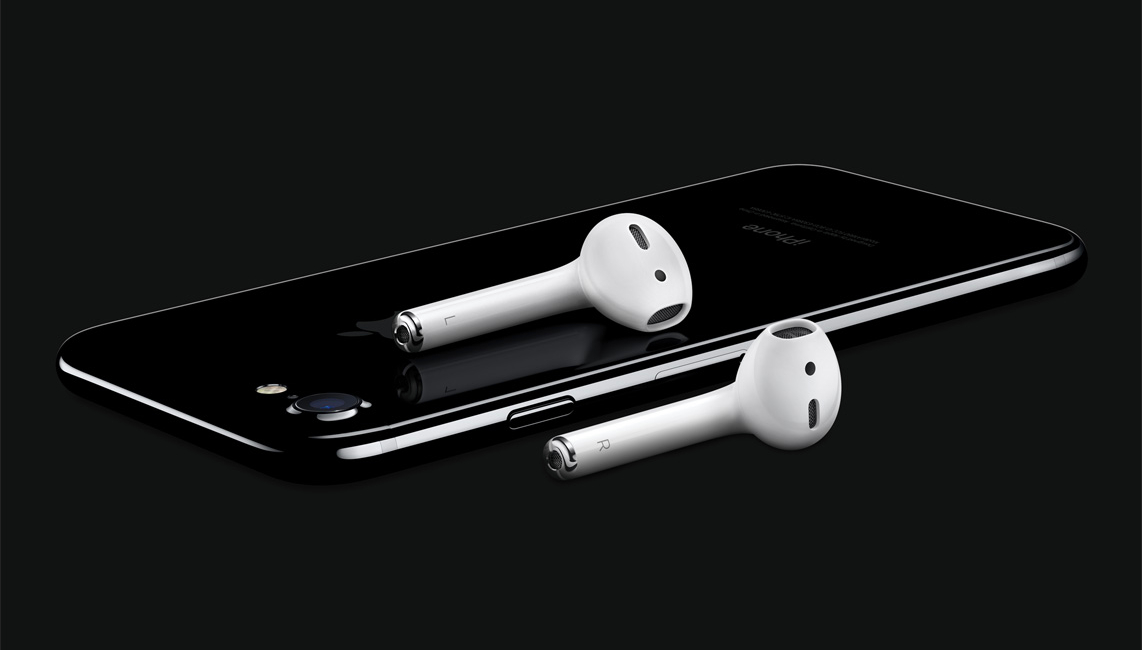![]()
Today marks the sixth anniversary of Apple releasing the original AirPods. The wireless headphones were first introduced alongside the iPhone 7 in September 2016, and they became available to customers
on December 19, 2016 after being delayed.
While there were already some wireless headphones on the market, AirPods helped to popularize the category thanks to deep integration with Apple devices.
"AirPods are simple and magical to use, with no switches or buttons, automatically connecting to all your Apple devices simply and seamlessly, and letting you access Siri with just a double tap," touted Apple's former marketing chief Phil Schiller. "We can't wait for users to try them with iPhone 7 and Apple Watch Series 2."
Priced at $159, the first-generation AirPods introduced many core features, including one-tap pairing with Apple devices and in-ear detection for automatic playing and pausing of music. The headphones were powered by Apple's custom W1 chip, offering improved audio quality compared to Apple's wired EarPods headphones.
"This revolutionary experience is enabled by the new ultra-low power Apple W1 chip, which enables AirPods to deliver high-quality audio and industry-leading battery life in a completely wireless design," said Apple's
press release for AirPods.
Apple went on to release second-generation and third-generation AirPods in March 2019 and October 2021 respectively, with better audio quality, longer battery life, hands-free "Hey Siri" support, an optional wireless charging case, and other improvements added over those years. Apple also launched the higher-end AirPods Pro in October 2019 with active noise cancellation, followed by the over-ear AirPods Max in December 2020. The latest AirPods are the second-generation AirPods Pro, released in September.
Article Link:
AirPods Were Released Six Years Ago Today With 'Revolutionary' User Experience








